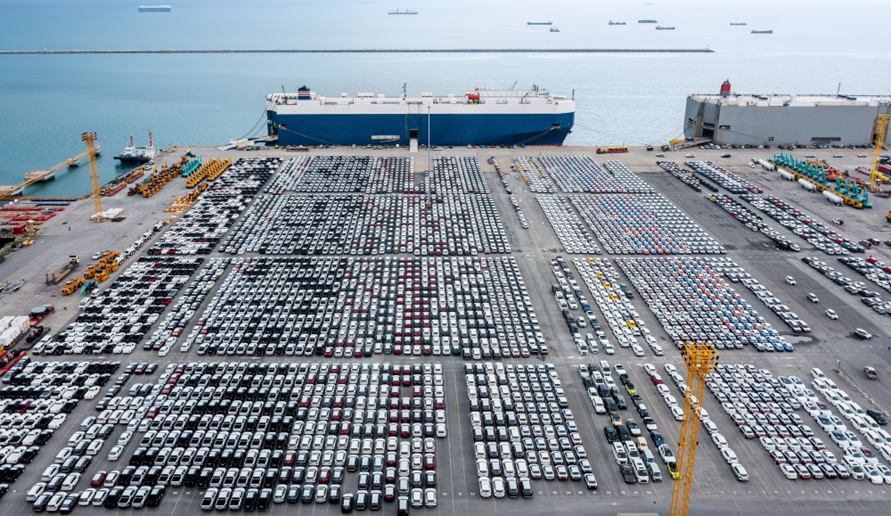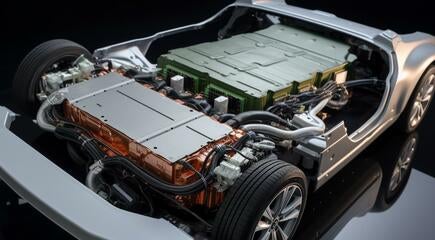良い旅を – 海を越えてグローバル展開するために、EV が「充電されている状態」を維持する方法

近年、電気自動車 (EV) 業界は、グローバル展開への著しいシフトを経験しています。中国で急成長するメーカーは、生産拠点から世界中の市場に向けて一度に数千台の新車を輸送する大規模な輸送船に投資しています。このブログでは、大洋横断による車の出荷の規模拡大と、それを可能にする革新的な技術について探ります。
車の海路輸送は、長い間、自動車メーカーの国際的な事業活動の重要な一部分でした。何十年もの間、トヨタや日産等の企業は、自動車の輸送に特化した船隊を営む主要な船会社との提携に頼ってきました。ところが、EV 業界に登場した巨人は、これを別のレベルへと引き上げました。すでに世界最大の EV メーカーとなっている BYD は最近、急増する国際的な需要に合わせて、独自のコンテナ船の船隊を立ち上げました。
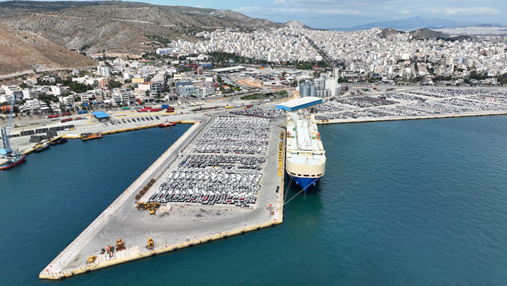
電気自動車 5,000 台の収容能力を誇る BYD Explorer No.1 を発表して 1 年も経たないうちに、最近同社は 4 台目で世界最大の自動車輸送船を発表しました。この BYD Shenzhen は、長さ 219 メートル、幅 37.7 メートル、海上輸送できる車の収容能力は 9,200 台です。これらの船舶は、定期的に EV を中国の北部や南部の港からヨーロッパ全域の目的地へと運び、グローバル EV 市場における海上物流の重要な役割を浮き彫りにしています。
独自の船隊を運行することにより、EV メーカーは、第三者の出荷会社への依存度を下げ、潜在的に輸送コストを下げ、利益マージンを改善することができます。これは、最近の自動車輸送機器のレンタル価格の高騰を考慮すると、特に重要です。
また、コンテナ船を所有すると、EV メーカーはサプライ チェーンのコントロールを強化できるようになり、納期厳守の納品を徹底し、輸送のボトルネックにより発生する遅延のリスクを削減することができます。このコントロールは、国際市場においてブランドの信頼性と評判を守るために不可欠です。
ロールオン/ロールオフ船の役割
自動車の海上輸送で最も一般的なアプローチの 1 つとして、ロールオン/ロールオフ船 (RORO 船) の利用が挙げられます。これらの専用船では、自動車を運転して船舶に載せたり下ろしたりできるため、荷積みと荷降ろしが素早く効率的になります。ただし、この方式では、数か月にわたる輸送の間、自動車が機能できる状態を維持しておく必要があります。この長期の輸送期間は、EV に独自の課題を突き付けました。
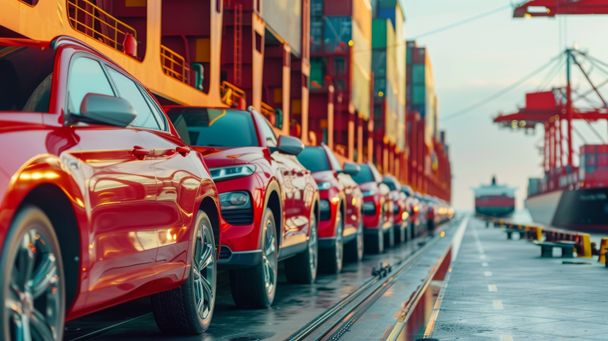
バッテリーの問題
この前のブログで、最も完全な電気自動車が今でも従来の鉛蓄電池に依存して全電気サブシステムに 12 V の電力を供給している理由を説明しました。ICE と電気自動車両方の運転手なら、これらの旧式のバッテリーがわずか数週間で枯渇するだろうと断言できます。リチウムイオン電池に置き換えた場合でも、引き続きメインの高電圧トラクション バッテリーから定期的に充電することが必要なため、船に積載して何か月もアイドル状態にすると枯渇する可能性があります。
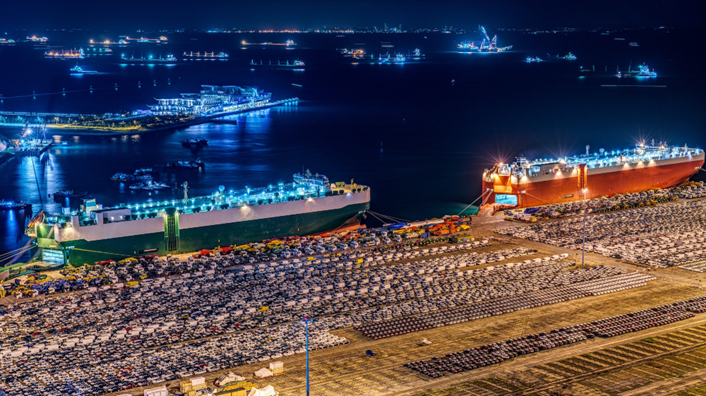
他の選択肢は、自動車のメインの高電圧から低電圧への DC-DC コンバータを介して、高電圧バッテリー パックから電力を引き込むことです。問題は、これらのコンバータが、低負荷時の動作ではなく、最大負荷時の効率に最適化されていることです。12 V システムに待機時電力を供給する場合、その非効率さは重大なエネルギー損失につながります。その結果、フル充電したバッテリー パックでも、航海を終えるまで続かない可能性があります。
完全に枯渇した EV バッテリーの再充電は、車のエンジンを始動するよりも、はるかに複雑です。時間を延長するために充電ステーションにアクセスする必要があります。スペースが限られ、リソースが制約される船舶乗船中、数千個のバッテリーを同時に再充電することは物流上の大問題を引き起こします。
解決策: Power Integrations の InnoSwitch3-AQ フライバック スイッチング電源用 IC
前の同じブログで前述のことに言及し、Power Integrations の画期的な InnoSwitch3-AQ フライバック スイッチング電源用 IC を特徴とするマイクロ DC-DC コンバータの設計を紹介しました。この頑丈な電源は、自動車の高電圧バッテリー パックから安全に電力を引き込み、12 V バッテリーを必要としないように求められるシステムに対応することができます。
全負荷範囲にわたって 90% 以上の効率と同時に無負荷時消費電力 15 mW 以下を達成する IC。これはつまり、EV の全 12 V システムを、港や船舶、自動車準備センターに留まる必要のある時間にかかわらず、スタンバイ モードにしておくことができるということです。
新しい 1700 V SiC ベースの、InnoSwitch3-AQ ファミリーのメンバーは、800 V BEV システムに対応するように設計されており、樹脂コーティング不要で強化絶縁を実現できるように十分な沿面距離を提供しています。この最先端のデバイスを使用した新しいデザイン例もプレーナートランスを採用しており、 12 V バッテリーを置き換えるこのソリューションのスペースを節約できるメリットをさらに大きくしています。
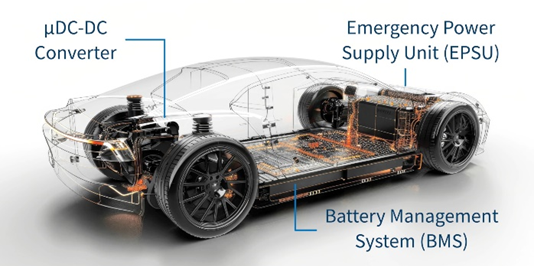
AEC-Q100 認証の InnoSwitch3-AQ スイッチング電源用 IC 等の最先端電源ソリューションを採用することは、EV 業界が直面する幅広い課題への取り組みにおける技術的な革新の重要性を強調しています。これらの革新は、自動車自体の効率や信頼性を改善するだけでなく、産業のグローバルな成長に不可欠な輸送システムをも改善します。
